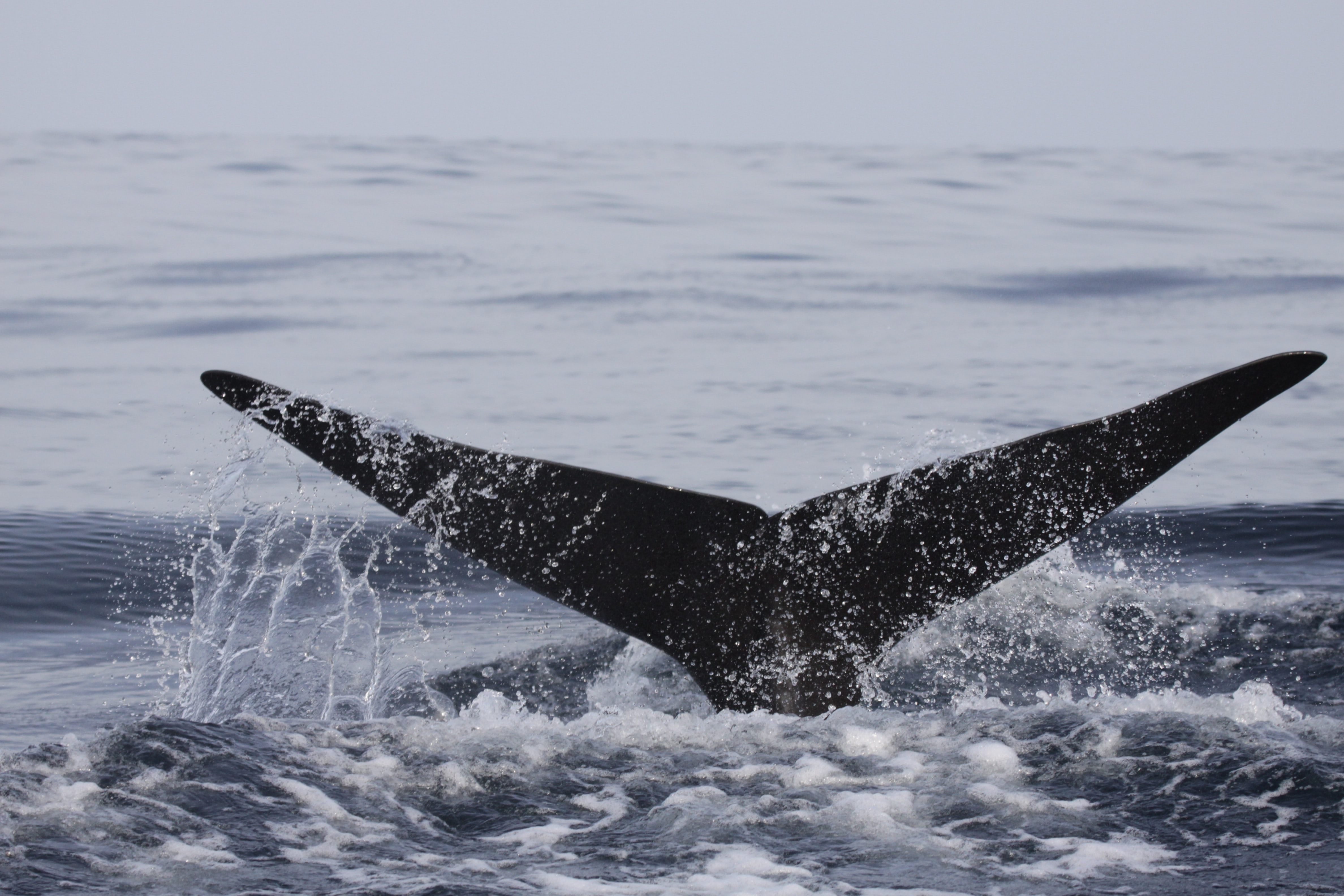Sperm whales use echolocation to click-and-collect their prey
Embargoed until:
Publicly released:
2020-08-05 09:01
Sperm whales’ echolocation lets them track their prey, but is not used to stun other animals, as has previously been suggested. In a new study, researchers placed a recording tag on the tip of a sperm whale’s nose. Their findings provide the first direct evidence that the world’s largest tooth-bearing predator does indeed hunt by echolocation, sending powerful clicks to pick out their prey.
Journal/conference: Biology Letters
Research: Paper
Organisation/s: Aarhus University, Denmark
Funder: Field work was funded by a large frame grant from the National Danish Research Council (Det Frie Forskningsråd) to PTM and a project grant (ACORES-01–0145-FEDER-00057) from the Regional Foundation for Science and Technology (FRCT, Azores - Portugal) to IMAR (Institute of Marine Research – University of the Azores).
Media release
From: The Royal Society
By placing a recording device on the very tip of the nose of a sperm whale, we here provide the first records of returning echoes from organisms ensonified by a hunting whale. This data proof that sperm whales echolocate for prey and that their powerful clicks are used for long-range prey detection but not for acoustic stunning of prey. The sperm whale encountered plenty of prey items, but only targeted a few organisms. These organisms were pursued in areas of low prey densities likely to reduce the confusion effect of large prey aggregations.
Attachments:
Note: Not all attachments are visible to the general public


